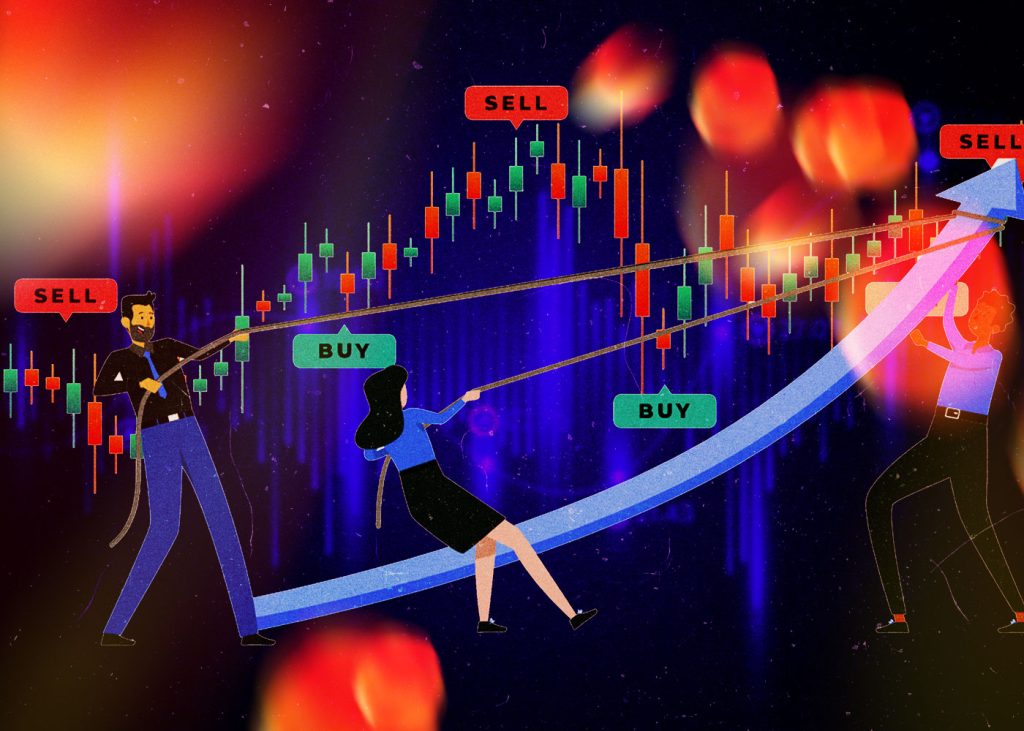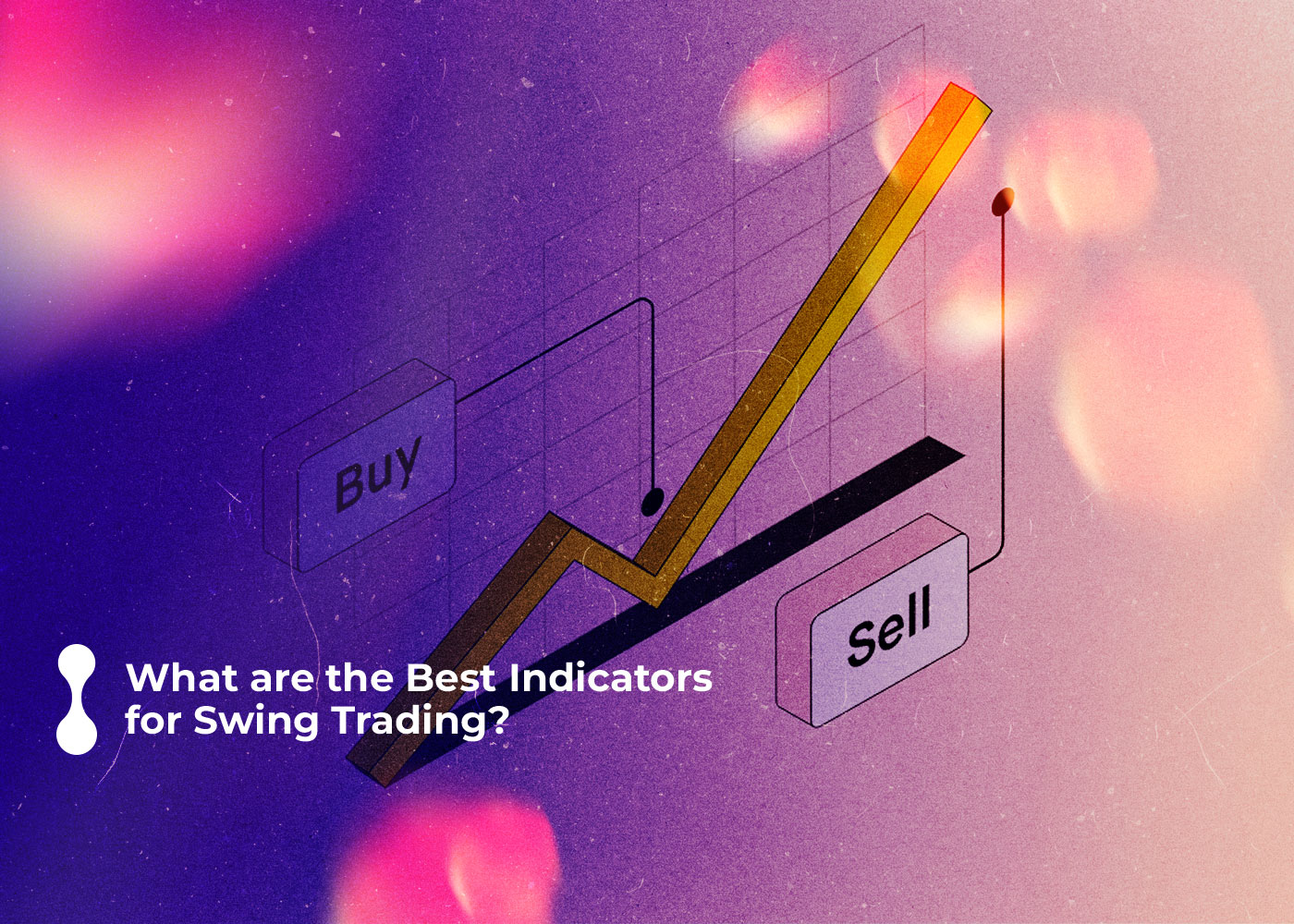Swing trading has gained popularity among traders as a strategy to attain profits by entering positions based on price expectations .This approach takes advantage of price retracements, or swings which are common in the cryptocurrency market .Swing traders aim to identify these swings, enter trades and accumulate significant profits over time .In order to assist in this process swing traders rely on technical indicators to pinpoint optimal entry and exit points .Swing trading involves opening positions based on anticipated price movements, holding them overnight and potentially keeping them open for days or weeks .Traders focus on price swings to generate profits regardless of their magnitude .By consistently executing trades and using technical indicators swing traders can accumulate large gains .This article will help you find the best indicators for swing trading.
Relative Strength Index (RSI): Identifying Overbought and Oversold Levels
The RSI is an important indicator for swing traders which measures the magnitude and size of recent price changes .Typically displayed as an oscillator between 0 and 100 the RSI helps identify overbought and oversold levels .Readings above 70 indicate overbought conditions which signals a potential reversal in an uptrend .Conversely readings below 30 indicate oversold conditions which suggest a possible halt to a bearish trend.

Moving Average (MA): Confirming Trends and Smoothing Out Volatility
Moving averages (MAs) are popular indicators used in swing trading to calculate an asset’s average price movement over a specific period .MAs help smooth out short-term volatility which allows traders to confirm trends .Short-term MAs such as 5 to 50 periods and medium-term Mas that are up to 100 periods help in trend analysis .When a shorter-term MA crosses above a longer-term MA it often signals a bullish trend while the opposite may indicate a potential downtrend.
Bollinger Bands (BB): Detecting Trends, Volatility, and Entry Points
Bollinger Bands® (BB) are momentum indicators comprising a moving average and two standard deviations . Swing traders appreciate BB for quickly identifying trends, overbought and oversold levels and volatility . When the bands are close together volatility is low while wider gaps indicate increasing volatility . Traders may consider going short when the price touches the upper band and anticipate a rebound when it touches the lower band . The center of the BB often attracts the price which hints at potential entry points .
Moving Average Convergence Divergence (MACD): Spotting Trend Reversals
The MACD indicator combines two moving averages and calculates the distance between them .It consists of the MACD line, the signal line and the histogram . Swing traders observe the MACD line crossing above the signal line as a buy signal and vice versa for sell signals . Divergence between the histogram and price action may anticipate trend reversals .
Stochastic Oscillator: Assessing Overbought and Oversold Zones and Anticipating Reversals
Similar to the RSI the stochastic oscillator is also a momentum indicator .It compares an asset’s closing price to its price range over a specified period .With readings between 0 and 100 levels above 80 indicate overbought conditions while levels below 20 suggest oversold conditions .Traders also observe the crossing of the stochastic lines which may predict trend reversals .
While swing trading offers opportunities for beginners risk management remains crucial . Implementing stop-loss orders helps relieve potential losses and protects trading balances . It is important to note that technical indicators provide valuable insights but do not guarantee 100% accuracy in predicting future price moves . Instead they encourage traders to make informed decisions based on historical data and market analysis .
